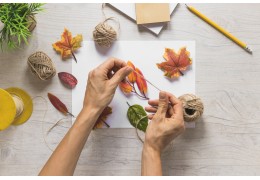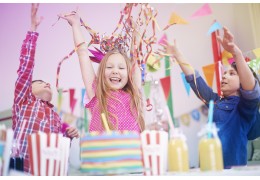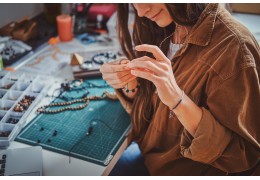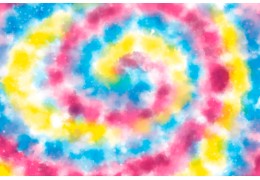Today at https://basteldepot.ch/gb/, our online paradise for craft supplies, we are delving into the fascinating...
Blog categories
Search in blog
Latest posts
-
 Creative wire bending - Unleash masterful art with the wire bending pegboard!Read more
Creative wire bending - Unleash masterful art with the wire bending pegboard!Read more -
 Creative craft ideas for pets - DIY projects for animal lovers29.09.2023Posted in: CraftingRead more
Creative craft ideas for pets - DIY projects for animal lovers29.09.2023Posted in: CraftingRead moreWe have put together some exciting craft ideas for you.
-
 Creative craft ideas for unforgettable children's birthday parties31.08.2023Posted in: CraftingRead more
Creative craft ideas for unforgettable children's birthday parties31.08.2023Posted in: CraftingRead moreDiscover a colourful range of creative craft ideas that make children's birthday parties unforgettable experiences in...
-
 Creative casting with Raysin casting powder - everything you need to know!03.08.2023Posted in: CraftingRead more
Creative casting with Raysin casting powder - everything you need to know!03.08.2023Posted in: CraftingRead moreWhat exactly is Raysin casting powder and what can it be used for? We go into more detail here in our blog post.
-
 Dyeing textiles - The different variations07.07.2023Posted in: CraftingRead more
Dyeing textiles - The different variations07.07.2023Posted in: CraftingRead moreIn this blog post, we will take a closer look at the topic of dyeing textiles. We will take a closer look at the...
